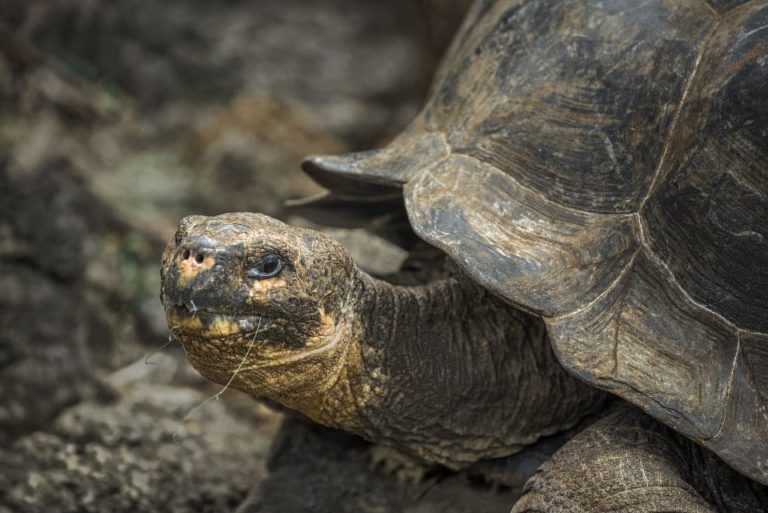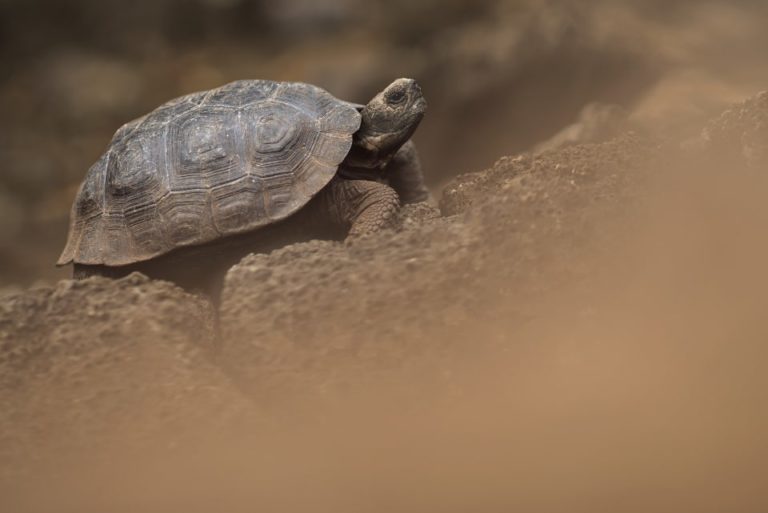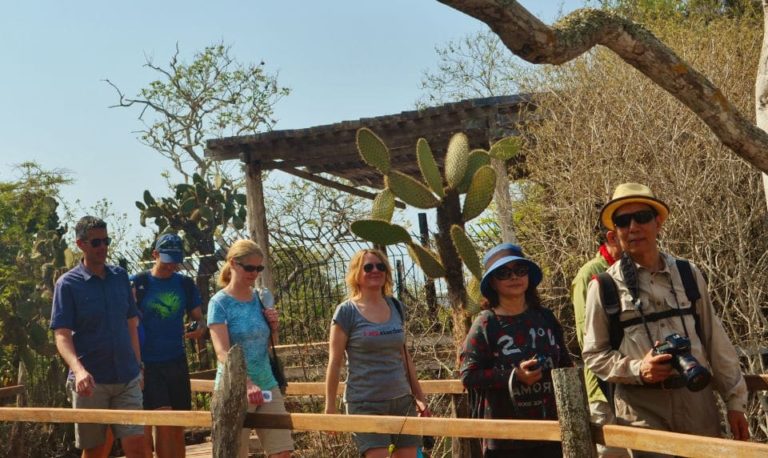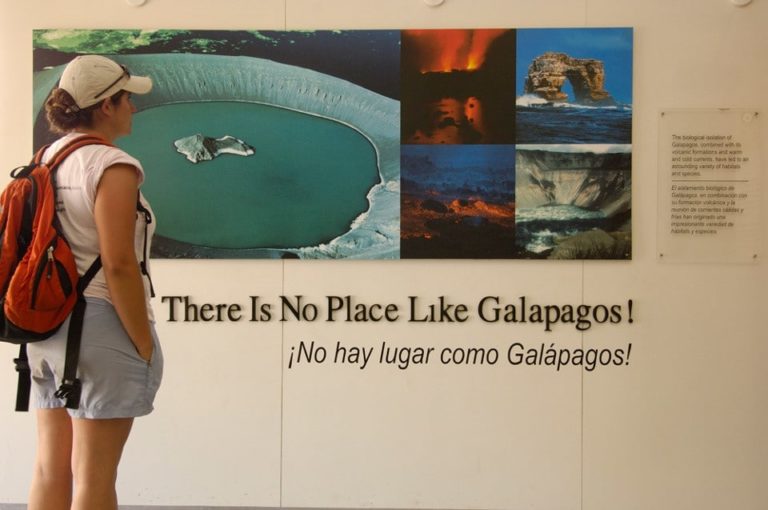The Charles Darwin Research Station in Galapagos is a biological center for the study and conservation of numerous species of Galapagos flora and fauna. It is run and operated by the Charles Darwin Foundation.
The mission of the Charles Darwin Research Station (CDRS) is to help investigate the local environment and biodiversity, all in the name of science. In addition to this, the CDRS aims to be a fundamental pillar of conservation efforts in the archipelago. It began back in 1959 when the Charles Darwin Foundation – which itself was created in honor of Charles Darwin and his groundbreaking work and legacy – teamed up with the Ecuadorian government to follow through on this objective.
TALK TO A DESTINATION EXPERT

Diego Zapata

Rosa Mena

Sandy Lara

Diego Zapata

Rosa Mena

Sandy Lara
Their initiative goes as far as monitoring the conservation of the surrounding flora and fauna all the way to caring for any injured and/or endangered while and rehabilitating them to release them once more out into the wild. The Station not only deals with terrestrial endeavors, but also aquatic ones, too – tracking the movement of sea turtles, Galapagos penguins, and sharks around certain islands.
Where is the Charles Darwin Research Station in Galapagos Located?
The Charles Darwin Research Station is located at the edge of Puerto Ayora (one of the 4 inhabited towns of Galapagos) on Santa Cruz Island.
What’s there to see and do at the Charles Darwin Research Station in Puerto Ayora?
Santa Cruz II Cruise’s itineraries visit the famous Charles Darwin Station. Don’t miss this iconic Galapagos landmark!
Visitors of Galapagos are highly encouraged to experience the CDRS, as it offers an educational window into the ongoing conservation efforts throughout the islands. Most popular of these efforts, which can be witnessed out in the open, along its many winding trails, are the islands’ biggest and most iconic species in Galapagos – the amazing Galapagos giant tortoise.

You can even observe their humble beginnings in the form of baby tortoises not long after they’ve hatched! The tours are done in the company our Galapagos Naturalist Guide.

The Station has many areas open to the public for free. There’s also the “Symbol of Hope Exhibit” that commemorates the Legacy of Lonesome George. Guests are welcome to take their time here and tag along with the guide or linger about the indoor and/or outdoor exhibits. Gift shops are available that offer souvenirs and snacks.

We visit the CDRS on our itineraries aboard the Santa Cruz II Galapagos cruise! So rest assured you’ll get to experience it when you book your Galapagos tour with us on any of those itineraries.
What else does the Charles Darwin Research Station actually do?
The Station continuously assists the Galapagos National Park and relevant authorities with conservation efforts, regulations, and restoration projects throughout the archipelago; going so far as to educate the local communities on how to properly coexist with the delicate environment and wildlife. Oftentimes, the Station will host lectures and seminars dealing with sustainability throughout the islands. They also keep tabs on just how big of an impact tour companies and visitor activities are having on the surrounding environment and wildlife.


Javier Garcia

Eduardo Silva

Carolina Escobar
START PLANNING YOUR TRIP

Javier Garcia

Eduardo Silva

Carolina Escobar
Get in touch for more
CONTACT US


